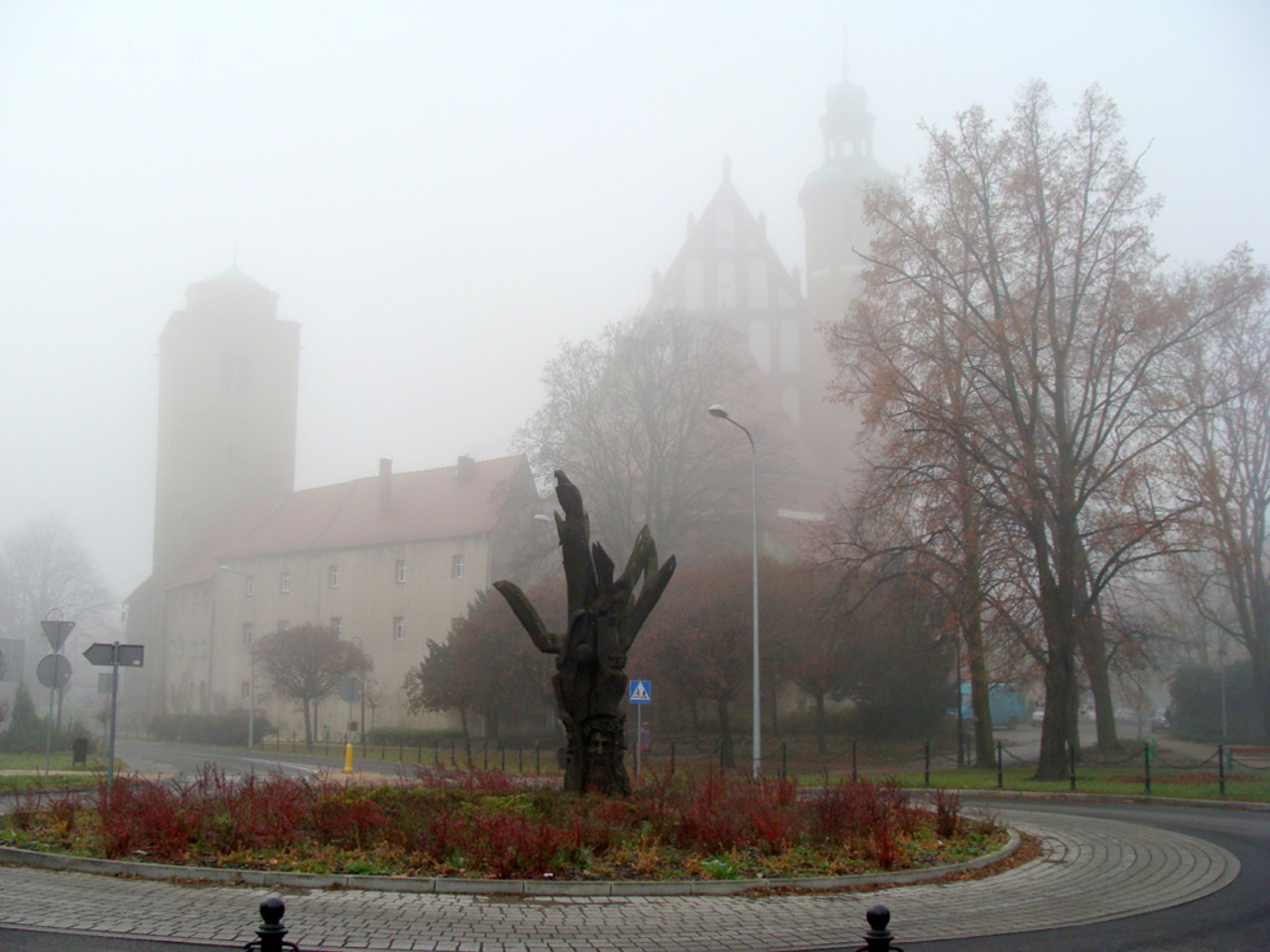Relaxation Therapy
What are the 5 steps of CBT?
Relaxation Therapy may be effectively integrated within Cognitive Behavioral Therapy (CBT) to assist manage stress and anxiousness. Here are the 5 steps generally involved:
- Identifying Stressors: Recognize the particular triggers or conditions that lead to stress and anxiousness.
- Setting Goals: Establish clear and achievable targets for leisure based on the identified stressors.
- Learning Relaxation Techniques: Acquire varied relaxation methods similar to deep respiratory, progressive muscle rest, or visualization.
- Practicing Regularly: Incorporate these methods into every day routines to construct a behavior and improve effectiveness over time.
- Evaluating Progress: Periodically assess the effectiveness of the relaxation strategies and make adjustments as wanted.
By following these steps, people can enhance their capability to manage stress and enhance their general mental well-being.
How to do relaxation techniques?
Relaxation methods are beneficial for decreasing stress and selling overall well-being. Here are some efficient methods to practice leisure remedy:
1. Deep Breathing: Find a comfortable position, both sitting or mendacity down. Inhale deeply by way of your nose, allowing your stomach to broaden. Hold your breath for a second, then exhale slowly by way of your mouth. Repeat this course of for several minutes, focusing on the rhythm of your breath.

2. Progressive Muscle Relaxation: Start at your toes and work your way up. Tense every muscle group for a few seconds, then loosen up them. Notice the difference in how your muscular tissues really feel when tense versus relaxed. This approach helps release rigidity all through the body.
3. Guided Imagery: Close your eyes and visualize a peaceable scene, such as a seashore or a forest. Focus on the small print of this place, together with sounds, smells, and sensations. Allow yourself to immerse in this calming environment for several minutes.
4. Mindfulness Meditation: Sit comfortably and produce your consideration to the present moment. Focus on your breathing or observe your ideas non-judgmentally. If your mind wanders, gently convey it again to your breath. Aim to practice this for 5-10 minutes daily.
5. Yoga and Stretching: Engage in light yoga poses or stretching exercises that promote relaxation. Pay consideration to your breath as you move, and feel the release of tension in your body.
Incorporating these techniques into your day by day routine can enhance your ability to handle stress and promote a way of calm and relaxation.
What is relaxation strategies?
Relaxation strategies are techniques used to help reduce stress and promote a state of calmness and well-being. In the context of Relaxation Therapy, these methods goal to ease tension within the body and mind, leading to a extra peaceful expertise. Here are some frequent relaxation strategies:
- Deep Breathing: Involves specializing in slow, deep, and constant respiratory to promote rest.
- Progressive Muscle Relaxation: A method where people tense after which chill out totally different muscle groups, op serving to to release physical rigidity.
- Mindfulness Meditation: Encourages people to focus on the current moment, observing ideas and emotions with out judgment.
- Guided Imagery: Involves visualizing peaceful scenes or experiences to promote relaxation and cut back anxiety.
- Yoga and Stretching: Physical activities that mix movement, breath management, and meditation to reinforce relaxation.
- Music Therapy: Listening to calming music may help lower stress ranges and promote rest.
Implementing these methods can considerably improve one’s ability to manage stress and enhance total emotional well being.

